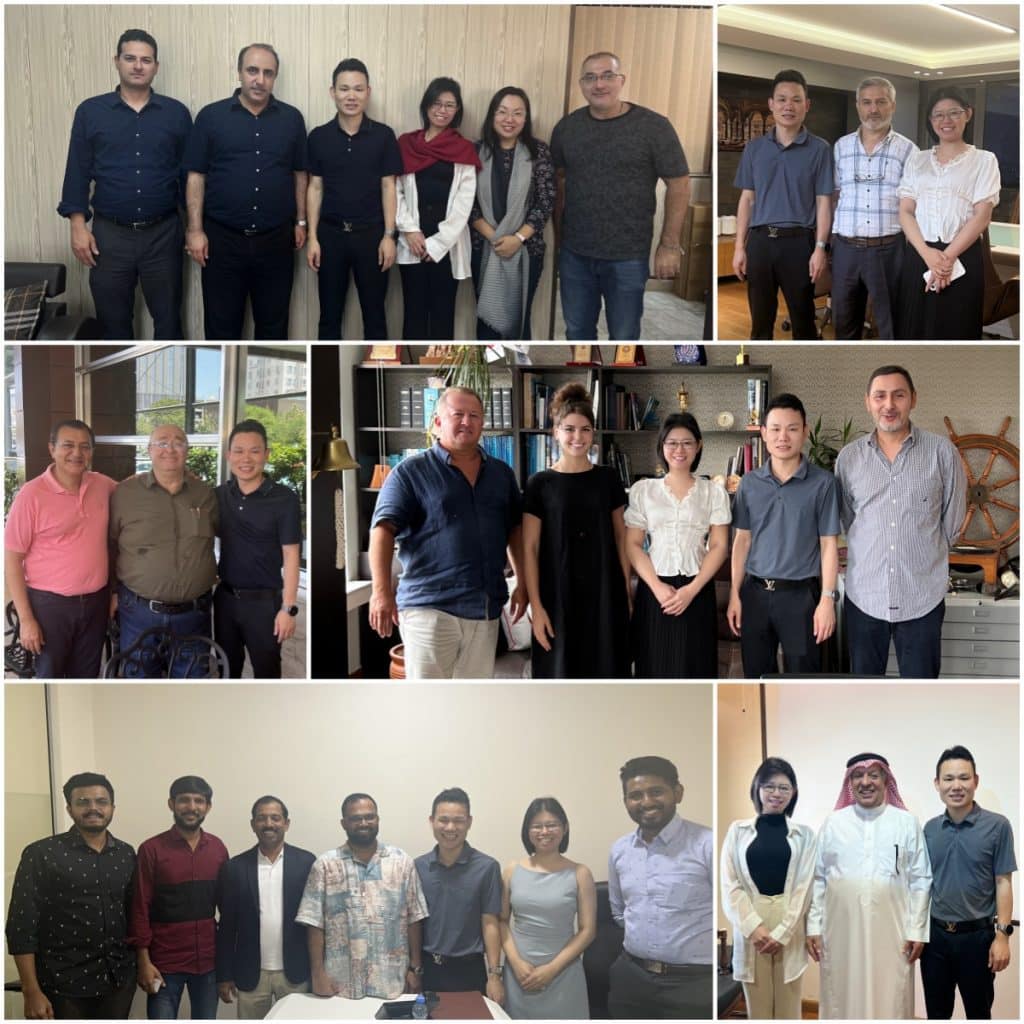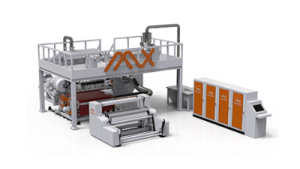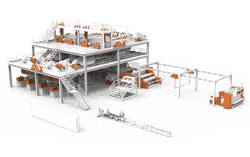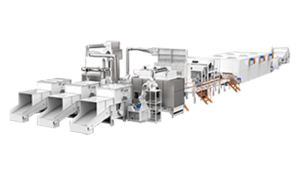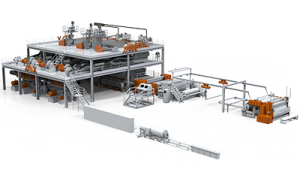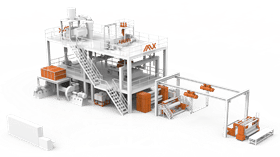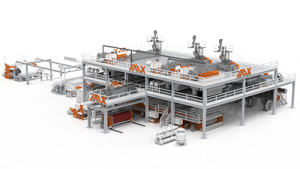In recent times, the nonwoven fabric industry has witnessed rapid growth, with its applications spanning from hygiene products to industrial uses. The Middle East, characterized by its diverse economies and expanding industrial sectors, has emerged as a promising market for nonwoven fabrics.
The Middle East’s economic diversification efforts have led to an increased demand for nonwoven fabrics across various sectors such as healthcare, construction, and automotive. Countries like Iran, Egypt, Saudi Arabia, Turkey, and the United Arab Emirates (UAE) have shown a growing interest in nonwoven fabric production. These materials are preferred for their versatility, cost-effectiveness, and eco-friendly nature, aligning with the region’s sustainability goals.
In the latter half of July through mid-August, the leadership team of AZX Nonwoven Machine embarked on a month-long expedition across the Middle East, aiming to establish stronger ties with potential clients. The trip, led by CEO Jack Li and Business Manager Cheryl, proved to be fruitful, as it facilitated interactions with various stakeholders in countries like Iran, Egypt, Saudi Arabia, Turkey, and the UAE.
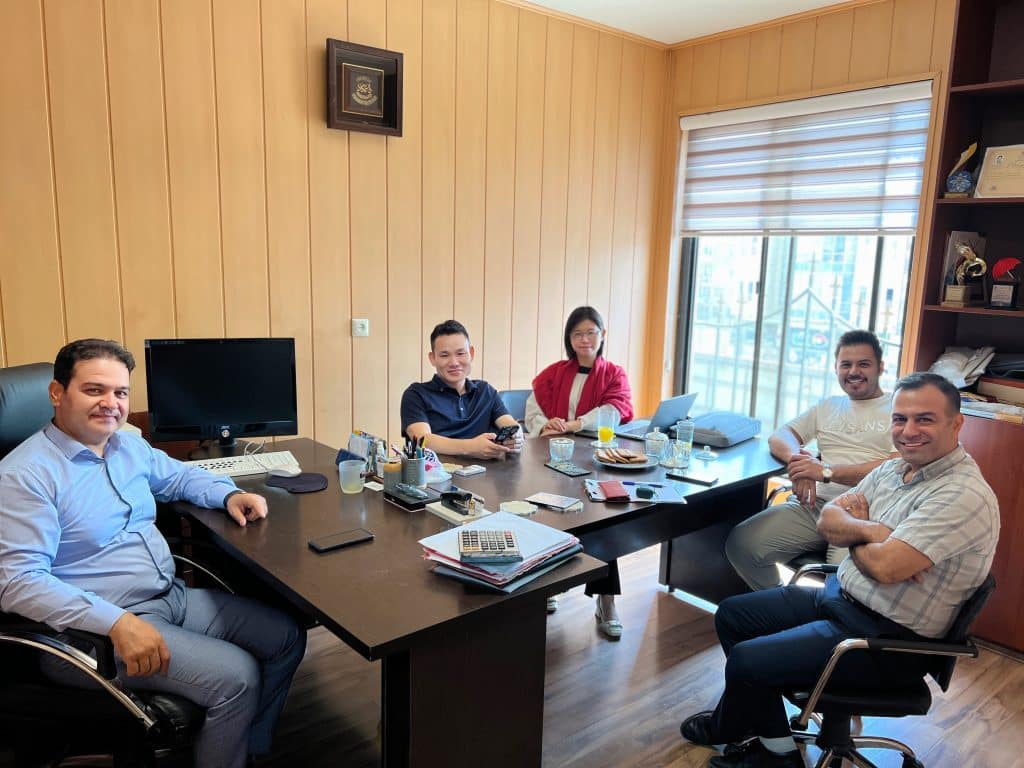
During their meetings, the team from AZX introduced cutting-edge nonwoven fabric production technology and shared insights into the applications and benefits of these fabrics. The clients were particularly intrigued by the efficiency and adaptability of the machinery, which aligned well with their own industries’ needs. As a result, there was a resounding interest expressed by clients in pursuing nonwoven fabric production projects, reflecting the burgeoning demand in the Middle East market.
The success of AZX Nonwoven Machine’s Middle East tour reflects the opportunities and potential of the regional nonwoven fabric market. Several factors contribute to this optimistic outlook:
- Healthcare Sector Growth:
The Middle East’s expanding healthcare industry demands high-quality medical textiles, creating a substantial market for nonwoven fabric products like surgical gowns, face masks, and hygiene products. - Infrastructure Development:
As the region continues to invest in infrastructure development, nonwoven materials find applications in construction, geotextiles, and insulation materials, driving demand. - Sustainability Initiatives:
Middle Eastern countries are increasingly adopting sustainable practices. Nonwoven fabrics, with their recyclability and reduced carbon footprint, align well with these initiatives. - Consumer Goods:
The growing population and rising disposable incomes create a demand for disposable consumer goods, further increasing the need for nonwoven fabrics in the region. - Trade Hub Advantage:
The strategic location of the Middle East as a global trade hub enhances the potential for exporting nonwoven products to neighboring regions and beyond.
The month-long business expedition undertaken by AZX Nonwoven Machine’s leadership team underscores the immense potential and interest in the Middle East nonwoven fabric market. Countries like Iran, Egypt, and the UAE, driven by economic diversification and sustainability goals, present promising opportunities for nonwoven fabric manufacturers. With applications ranging from healthcare to infrastructure, and consumer goods to industrial sectors, the Middle East’s demand for nonwoven fabrics is expected to show sustained growth. As the market continues to evolve, collaborations and investments in the nonwoven fabric industry within the Middle East could yield mutually beneficial results for both the region and global players like AZX Nonwoven Machine.
